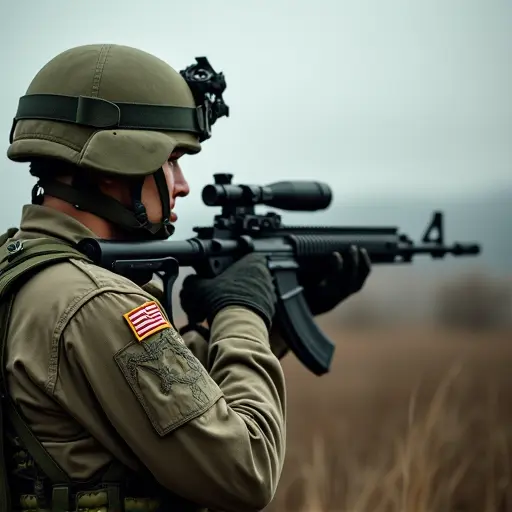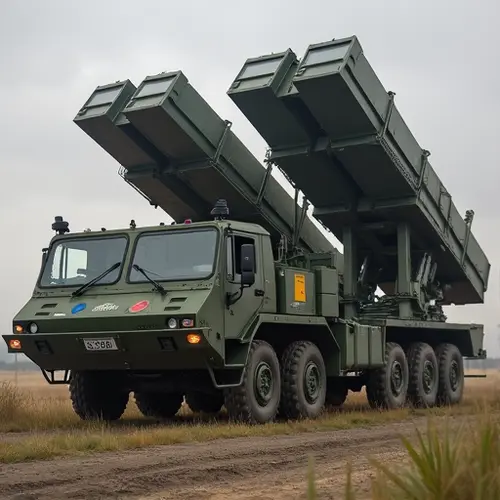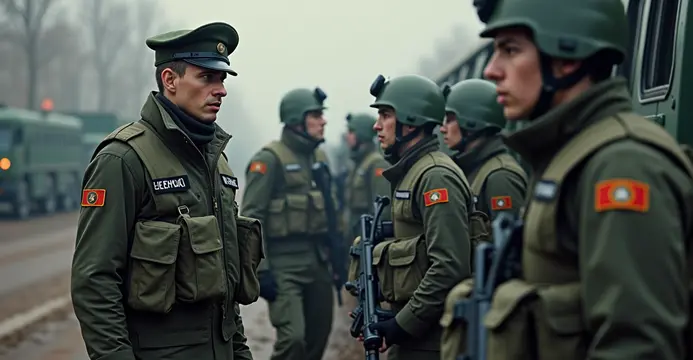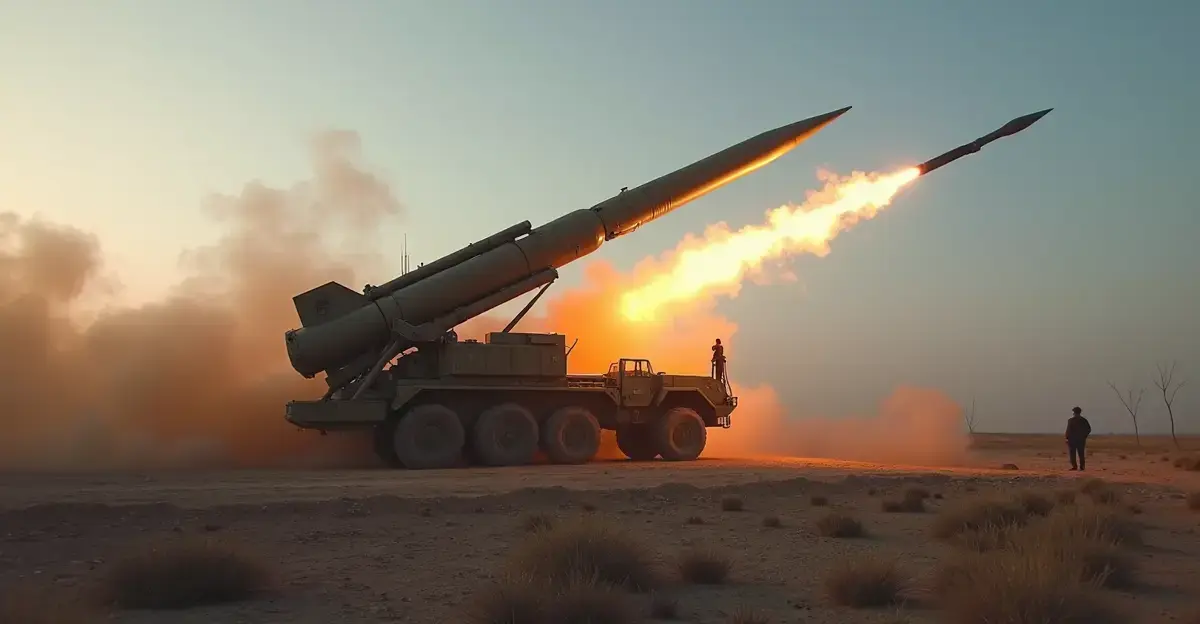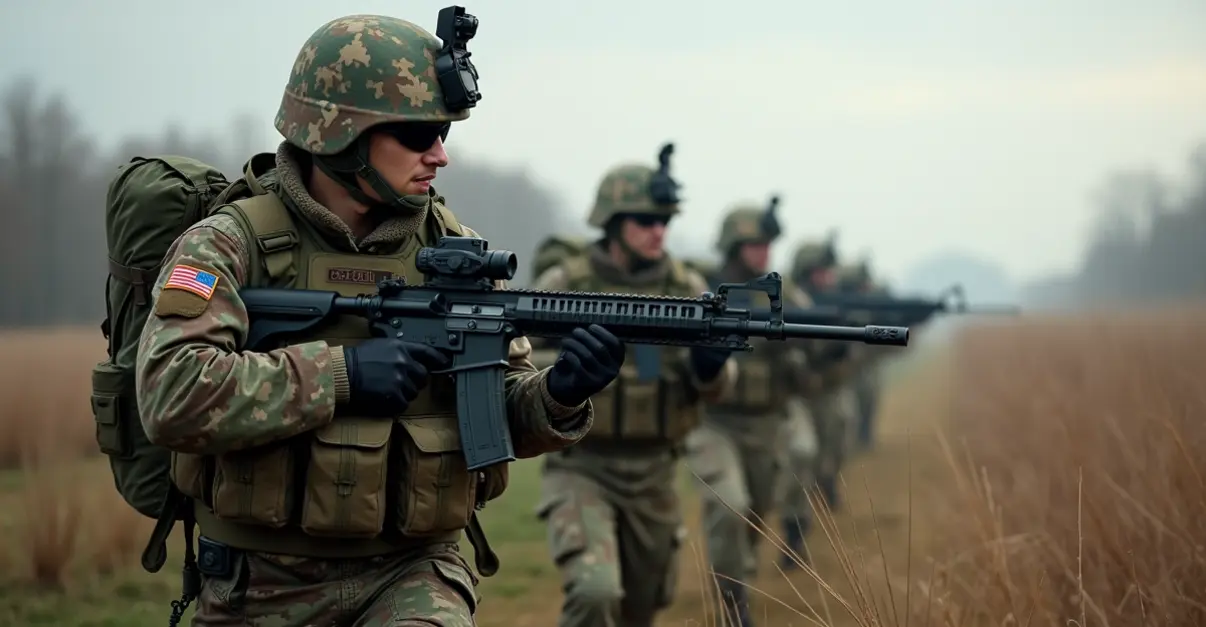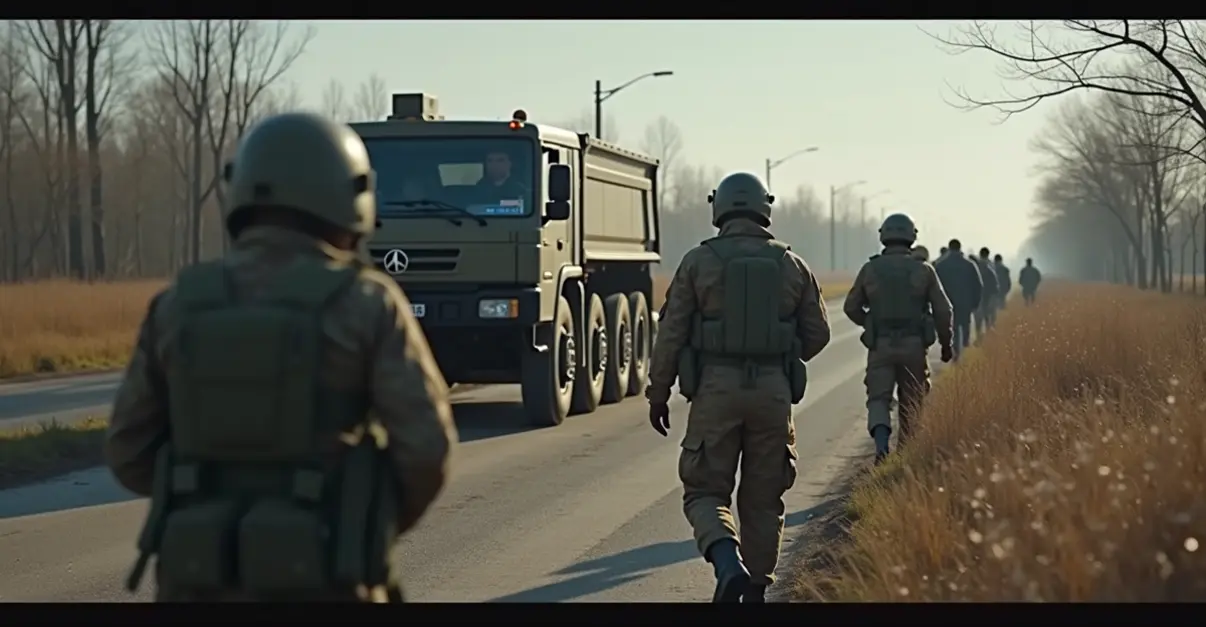Ukraine faces critical artillery ammunition shortages in 2025 despite European efforts to fill the gap left by halted US aid. Multiple supply initiatives from Germany, Czech Republic, and Estonia aim to sustain Ukraine's 2 million annual shell requirement.
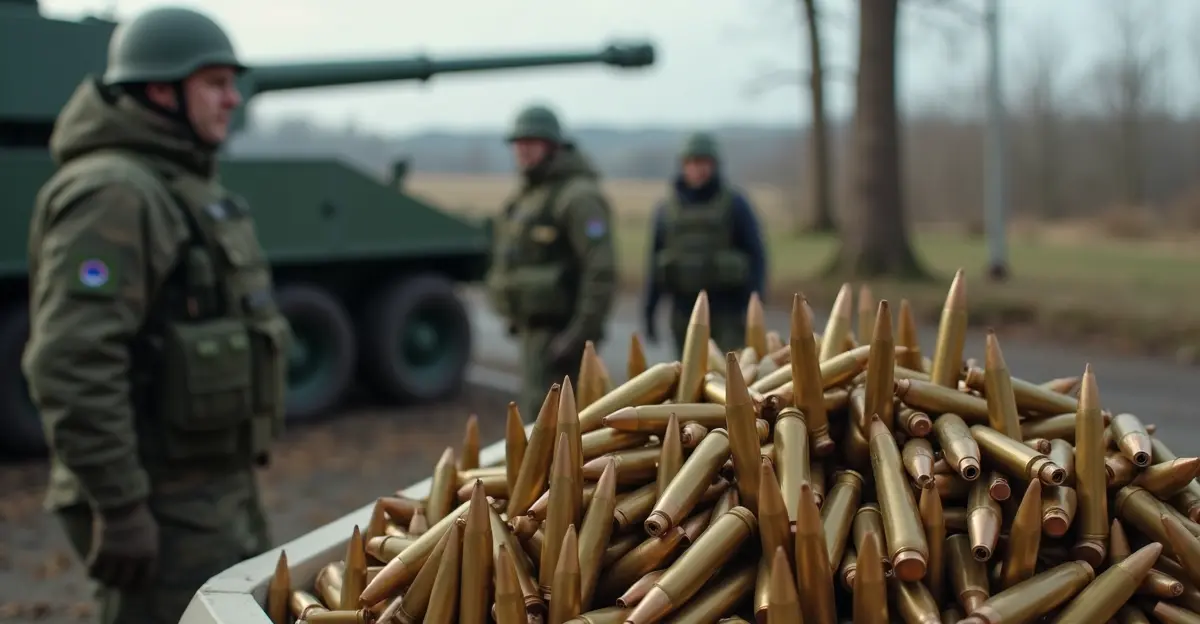
Ukraine's Artillery Dilemma: Supply Lines Under Pressure
As Ukraine continues its counteroffensive operations against Russian forces in 2025, the country faces a critical artillery ammunition shortage that threatens to undermine its battlefield effectiveness. Ukrainian forces are currently firing approximately 5,000 155-millimeter shells daily, totaling around 2 million shells annually, according to recent analysis. While this represents a significant capability, it falls short of Russia's artillery output, creating a dangerous imbalance on the front lines.
European Allies Step Up
The cessation of U.S. military aid under President Donald Trump has forced Ukraine to rely heavily on European partners to maintain its artillery capabilities. 'The rhythm of ammunition deliveries is more important than the total quantity,' explains military expert Mykhailo Samus. 'We need consistent supply lines to conduct effective counter-battery combat day after day.'
Germany has emerged as a key supplier, shipping nearly half a million shells while simultaneously expanding domestic production capacity. The Czech Republic's 'Shell Bridge' initiative has been particularly successful, delivering about 1.5 million shells last year with a target of 1.8 million by year-end. Estonia is launching a new program aiming to supply 1 million shells annually, creating multiple redundant supply lines to ensure Ukraine's artillery can continue firing.
Production Challenges and Timelines
The European Union's Act in Support of Ammunition Production (ASAP) represents a €500 million initiative to address production bottlenecks across the continent. The program has selected 31 projects across five key areas: explosives (€124M), powder (€248M), shells (€90M), missiles (€50M), and testing/reconditioning certification (€2M). However, Europe failed to meet its 2025 ammunition production targets, pushing the goal to 2026.
'We're seeing significant progress, but political changes and production bottlenecks remain challenging,' notes a European defense official who requested anonymity. 'The Czech political situation and gunpowder production limitations are particular concerns.'
Domestic Production Efforts
Ukraine is not solely dependent on international aid. The country produces 20 new wheeled howitzers monthly to replace battlefield losses, and German defense contractor Rheinmetall is partnering with Ukraine to build a new shell factory that will produce hundreds of thousands of rounds annually starting next year. This domestic production capability represents a crucial long-term solution to Ukraine's ammunition challenges.
According to EU defense industry reports, the ASAP program aims to leverage additional industry investment, bringing total supply chain investment to approximately €1.4 billion. All projects must be completed within 36 months, with significant improvements expected by the end of 2024.
Logistical Complexities
The logistical challenges extend beyond ammunition production to include transportation, storage, and distribution. Ukrainian supply lines face constant threat from Russian drones and artillery, requiring sophisticated routing and protection measures. The situation in Avdeevka has become particularly significant, where successful Russian engagements could open pathways to western approaches where Ukrainian defenses are thinner.
'Maintaining supply rhythm is essential for Ukrainian artillery to conduct effective counter-battery combat and hold defensive positions,' emphasizes Samus. 'We're not just fighting for territory—we're fighting to maintain our logistical lifelines.'
International Aid Timelines
The timeline for international aid delivery remains a critical factor in Ukraine's military planning. While European initiatives are ramping up, the pace of delivery often falls short of immediate battlefield requirements. The Czech initiative, while successful, faces uncertainty due to political changes in Prague. Similarly, U.S. production under the PURL mechanism provides another source, but policy uncertainty creates additional challenges.
As one Ukrainian artillery commander stated anonymously: 'We have enough shells to defend, but not enough to advance significantly. Every shell counts, and we're constantly calculating our expenditure against expected deliveries.'
The coming months will test whether European supply chains can fully compensate for the loss of American support while Ukraine continues its counteroffensive operations against a numerically superior Russian force.

 Nederlands
Nederlands
 English
English
 Deutsch
Deutsch
 Français
Français
 Español
Español
 Português
Português




